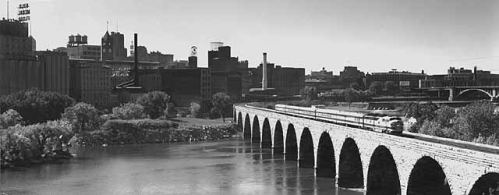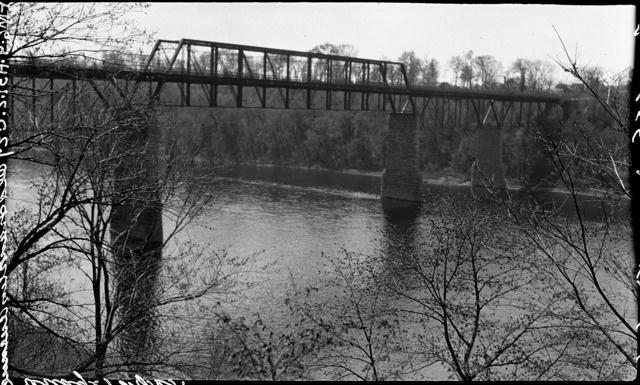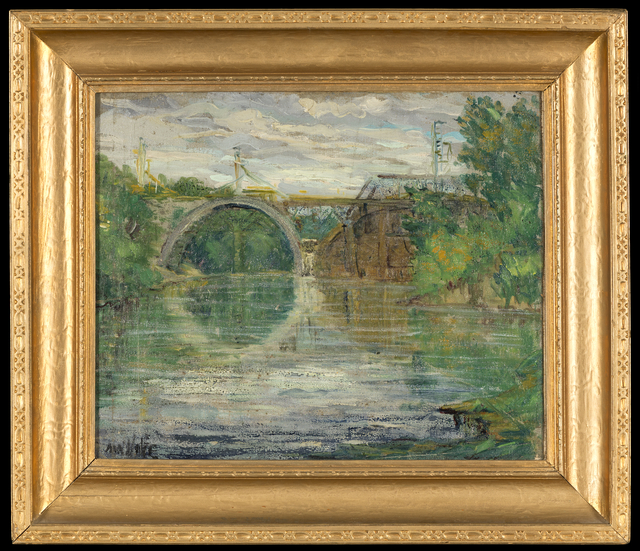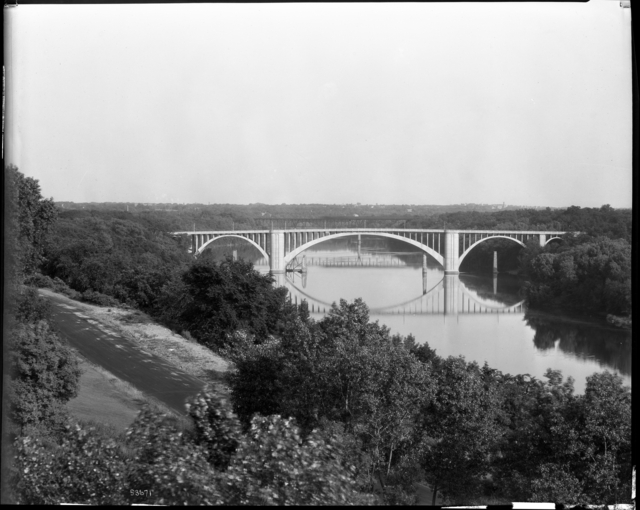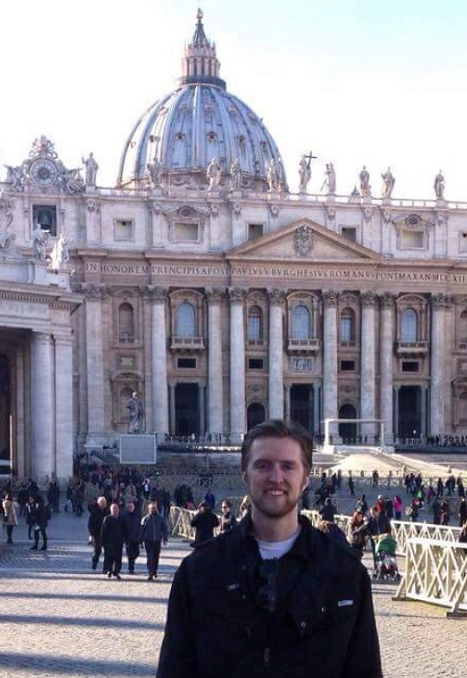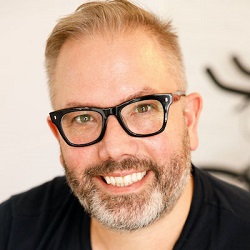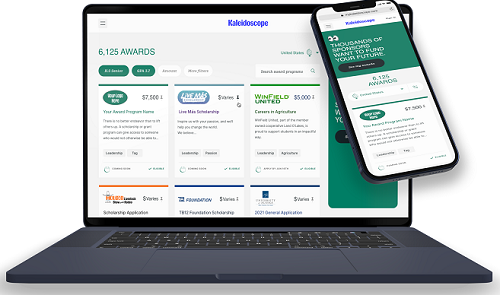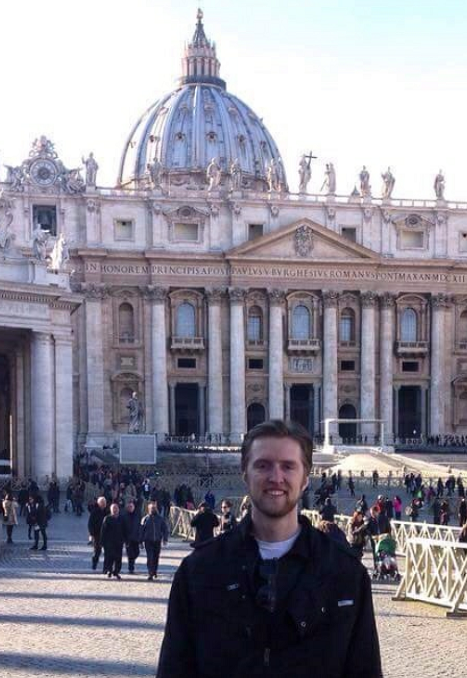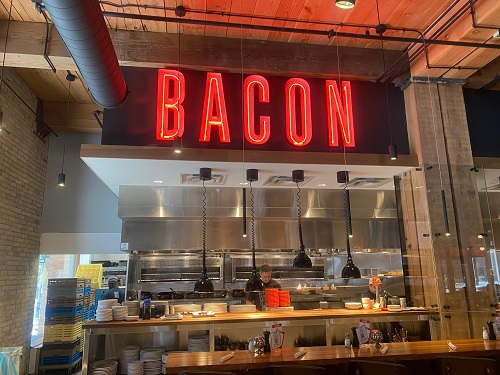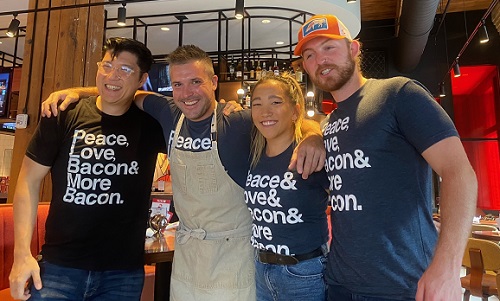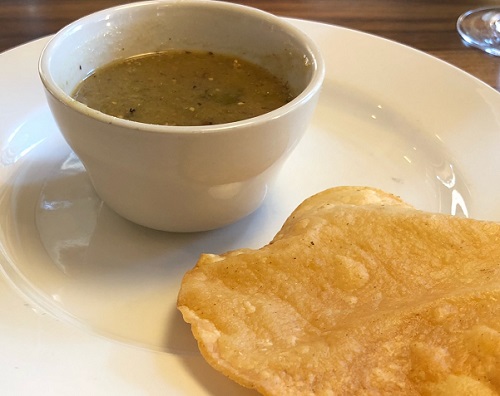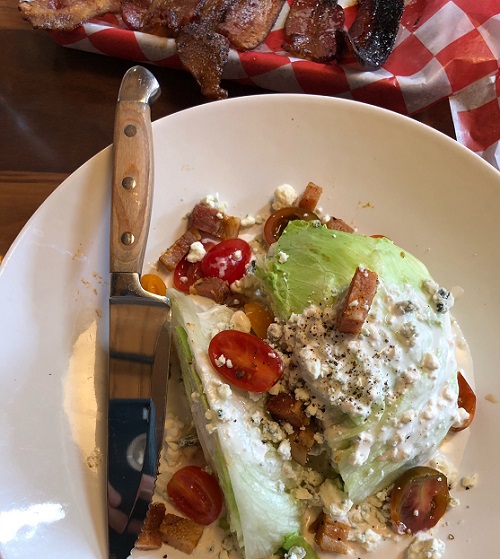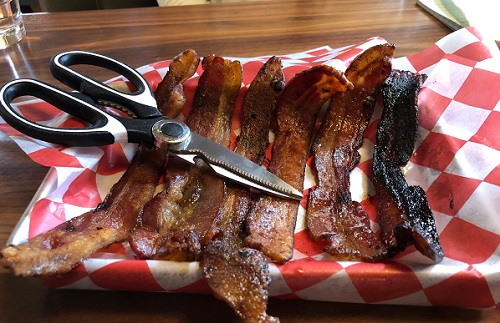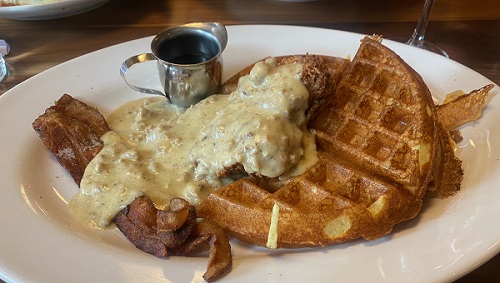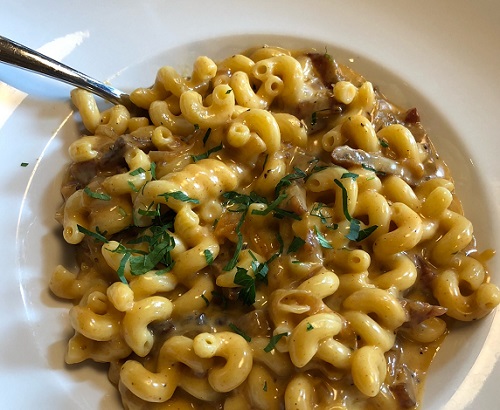Article by Becky Fillinger
 Cheryl ThomasDid you know Global Rights for Women is based here in Minneapolis? The Founding and Executive Director, Cheryl Thomas, was recently awarded the Arabella Babb Mansfeld Award from the National Association of Women Lawyers. That follows multiple other awards over the past few years. We spoke to Ms. Thomas about the history of Global Rights for Women (GRW), the annual fundraising event this week, and why the work of addressing violence against women is a global concern.
Cheryl ThomasDid you know Global Rights for Women is based here in Minneapolis? The Founding and Executive Director, Cheryl Thomas, was recently awarded the Arabella Babb Mansfeld Award from the National Association of Women Lawyers. That follows multiple other awards over the past few years. We spoke to Ms. Thomas about the history of Global Rights for Women (GRW), the annual fundraising event this week, and why the work of addressing violence against women is a global concern.
Q: Please tell us the history of GRW as an organization.
A: I believe that addressing violence against women is one of the greatest needs of our time. In my career as a human rights lawyer, whenever there has been a crisis, including COVID-19, the most widely perpetrated human rights violations happen to women, and even more so to the most isolated and vulnerable. Yet advocacy is often lacking or ignored.
Globally, one in three women will experience violence in her lifetime; addressing it has never been prioritized by civic organizations or governments. There are 600 million women in the world who live in countries where domestic and sexual violence is not a crime. Even where laws exist, they are often poorly implemented or not enforced. This injustice and so many others convinced me that women need an organization dedicated exclusively to their human right to be free from violence, one that centers their voices and experiences as the basis for legal reform and systemic change.
GRW takes our expertise on legal reform only where invited, and we are invited all over the world. We work with local judges, prosecutors, police, social workers and advocates (in person, when there's not a pandemic) to address and change how survivors are treated by the system, including providing training workshops, evidence-based protocols, and best practices for addressing domestic violence within communities.
Global Rights for Women is unique in our work to improve systems to more effectively end violence against women and girls. We are one of the only organizations in the world that follows the specific model of long term sustained partnership with leaders locally and around the world to create, reform and enforce laws, provide training, and build local advocacy and public support for ending domestic violence.
Q: Your annual fundraising gala is this Wednesday. Please tell us who will be speaking and if we may still participate at this time.
A: Join us on September 15, at 12:00 CDT for our virtual event with returning emcee Lizz Winstead (co-creator of the Daily Show), and hear passionate women’s rights advocates, leaders like Minnesota Senator Amy Klobuchar, Zainab Salbi, Iraqi journalist and activist and Carol Jenkins, CEO of the Equal Rights Amendment Coalition. We will also hear from Gary Barker and Jerry Blackwell, challenging men to envision new masculinities that honor equality and fundamental human rights. There will be music and appearances by our international partners.
Tickets are still available and are a very affordable $15! Click here to purchase tickets.
Q: What is the global reach of GRW?
A: Since I founded GRW in 2014, we have worked with the United Nations and been invited by local women’s NGOs to build more than 65 international partnerships in over 40 countries that have advanced laws, values and practices aimed at eliminating violence against women and girls.
 Cheryl in Gabon
Cheryl in Gabon
 Cheryl in Ethiopia
Cheryl in Ethiopia
We work in collaboration with local women’s groups who lead the initiatives for change. Global Rights for Women drafts laws, conducts transformational training of legal professionals charged with enforcing the laws, builds capacity of local advocacy efforts and monitors the implementation of laws, policies and practices needed to protect women and girls from violence.
 Cheryl in Indonesia WSIn 2019, we worked in person in Moldova, Fiji, Georgia, Ethiopia, Gabon, Mongolia, Australia, Guatemala, Honduras and El Salvador.
Cheryl in Indonesia WSIn 2019, we worked in person in Moldova, Fiji, Georgia, Ethiopia, Gabon, Mongolia, Australia, Guatemala, Honduras and El Salvador.
Some examples: In Moldova, police and courts had created numerous obstacles for women seeking help for domestic and sexual violence. They did not enforce protection orders and kept victims from receiving their state-guaranteed legal aid. We were invited by the Women’s Law Center to conduct an Institutional Assessment and create a Risk Assessment tool. This tool gives law enforcement a way to identify potentially lethal behavior, ensure courts make informed decisions that keep women safer and hold perpetrators accountable.
In Georgia, access to shelter and service were denied to victims if they could not ”prove” to police and the courts that they were being abused. Global Rights for Women worked with advocates to create a victim-centered approach to shelter services. Now there is a standardized questionnaire for shelter referrals that aligns with international standards for domestic violence response, and a process that doesn’t require a victim to go before a panel to receive emergency shelter.
In Ethiopia and Gabon, women experiencing domestic violence or sexual assault have very few protections. Violence like rape is rarely prosecuted, or in many cases, not even considered a crime. Perpetrators act with impunity. We were asked by the Ethiopian National Coordinating Body and the Foundation Sylvia Bongo Ondimba in Gabon to consult on human rights standards for violence against women. Global Rights for Women traveled to Ethiopia and Gabon to collaborate with community leaders and the United Nations on strategies to reform laws and promote women and girls’ human right to be free from violence.
In the US, we are collaborating with Minneapolis city leaders and advocates to analyze and understand the gaps in the Minneapolis Police Department’s response to domestic violence, particularly in cases involving women of color and immigrant women. The working group consists of members of the Special Crimes division and domestic assault unit of the Minneapolis Police Department, Cornerstone, the Minneapolis City Attorney’s office, and the Office of Police Conduct Review.
Q: How did your organization's activities change or pivot in the pandemic in the past 18 months?
A: In 2020 the world changed. The pandemic of domestic violence became a pandemic-within-a-pandemic. One in three women will experience some form of violence in her lifetime, and the prevalence of this violence compounds economic inequality. We also know that domestic violence intersects with race, class, ethnicity, age, gender, sexual orientation and disability. Domestic and sexual violence directly impacts a woman’s ability to achieve economic stability and independence. The negative social and economic impacts of COVID-19 are magnifying this inequality.
Global Rights for Women anticipated that a surge in domestic violence would accompany stay-at-home mandates, so our team quickly took action creating and hosting a series of global webinars for front-line advocates around the world who work to advance safety and protective measures for women and girls.
Our global work also continues virtually until we can travel in person.
Our team has just completed a prosecutor training manual working with UN Women for Southeast Asia, a region encompassing 34 countries, from Afghanistan to Vietnam.
Also this year, GRW contributed to a UN gender-responsive policing manual that will be used to train police on domestic and sexual violence calls in UN member countries as well as train UN peacekeeping forces.
The United Nations, the U.S. State Department, and a broad range of international ministries regularly turn to us for consultation regarding women’s human right to live free from violence.
Q: Can we really make a global difference for women if GRW is based here in Minnesota?
A: I believe there is no way to separate human rights advocacy by geography. Global Rights for Women has a vision for international engagement for women’s rights in the world because gender-based violence has no borders.
For example, what happens in Afghanistan, or Texas, are all interconnected and have ripple effects in our communities. There are many economic and cultural dynamics that oppress women locally and globally and intersect with each other.
Our work is rooted in Minnesota’s legacy of leadership on addressing violence against women, and positions us as a uniquely effective force in partner collaborations. This legacy is powerful, including passing some of the first laws in the world on domestic violence, the creation of the Duluth Model of the Coordinated Community Response to violence, and the development of the Power and Control Wheel which has been translated into multiple languages. The first women’s shelter in the world was founded in St. Paul in 1972.
These are globally recognized tools of transformation developed in Minnesota that led to new understanding of violence against women as a root cause and consequence of inequality. Sometimes I think because of our name, people don’t immediately connect us to Minnesota. Global Rights for Women also does projects locally, often working in partnership with organizations doing direct service in the community with survivors. In 2020, we also launched our own direct service program, Pathways to Family Peace, that works with court-ordered men in Minnesota and in other places around the country on transformational behavior change.
Minnesota has powerful history understanding global issues, from businesses like the Carlson Companies addressing human trafficking, to the many respected global organizations that were founded here, including the Center for Victims of Torture, the American Refugee Committee and the Advocates for Human Rights, Minnesota is as much a part of the global community as cities like New York or Washington, DC. We have so much human rights expertise in our Minnesota communities, and this directly supports local advocacy.
Minnesotans can be proud of this legacy, and when they support organizations like Global Rights for Women, their impact is very far-reaching here at home and abroad.

Q: How may we follow your news?
A: We ask you to join our mailing list, donate or volunteer, contact us here. On social media, please check us out on Facebook, Twitter, and Instagram.
 Wednesday, September 22, 2021 at 2:12AM |
Wednesday, September 22, 2021 at 2:12AM |  Kim Eslinger |
Kim Eslinger | 